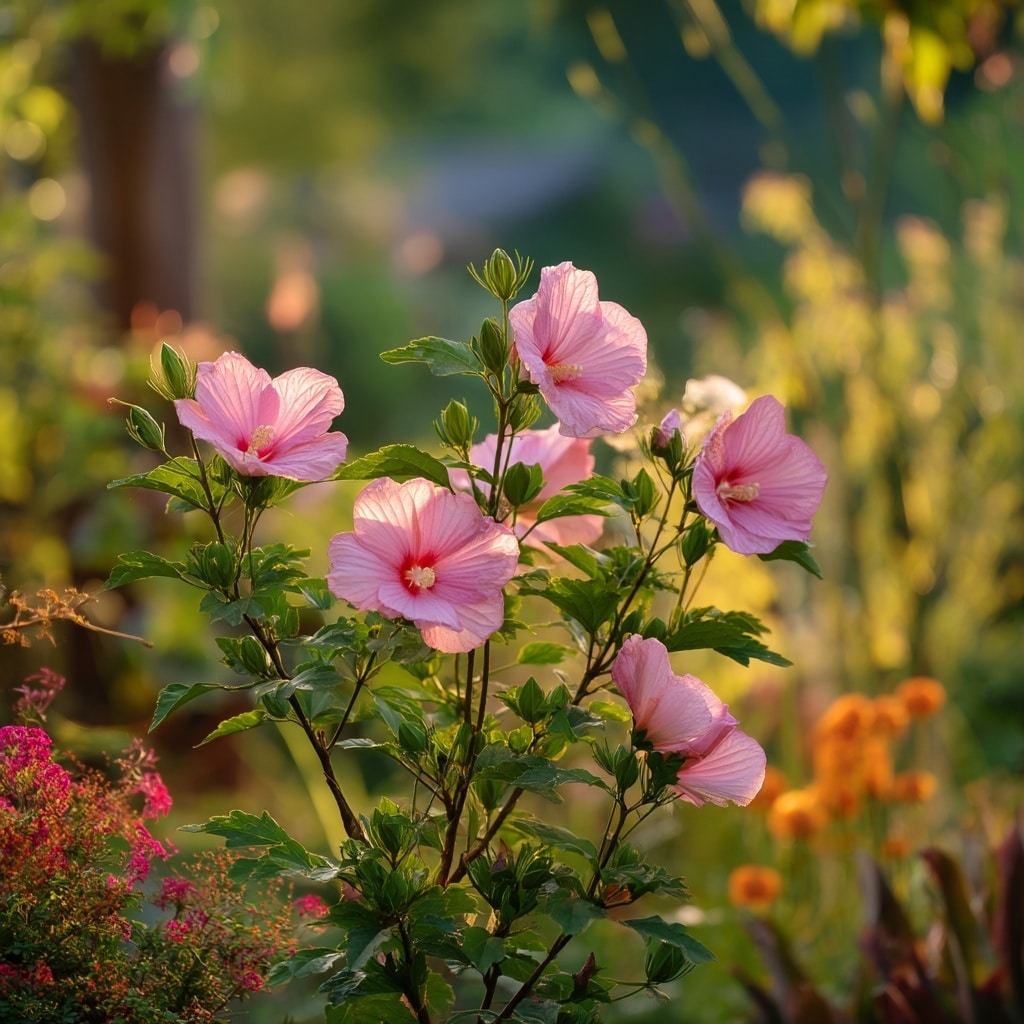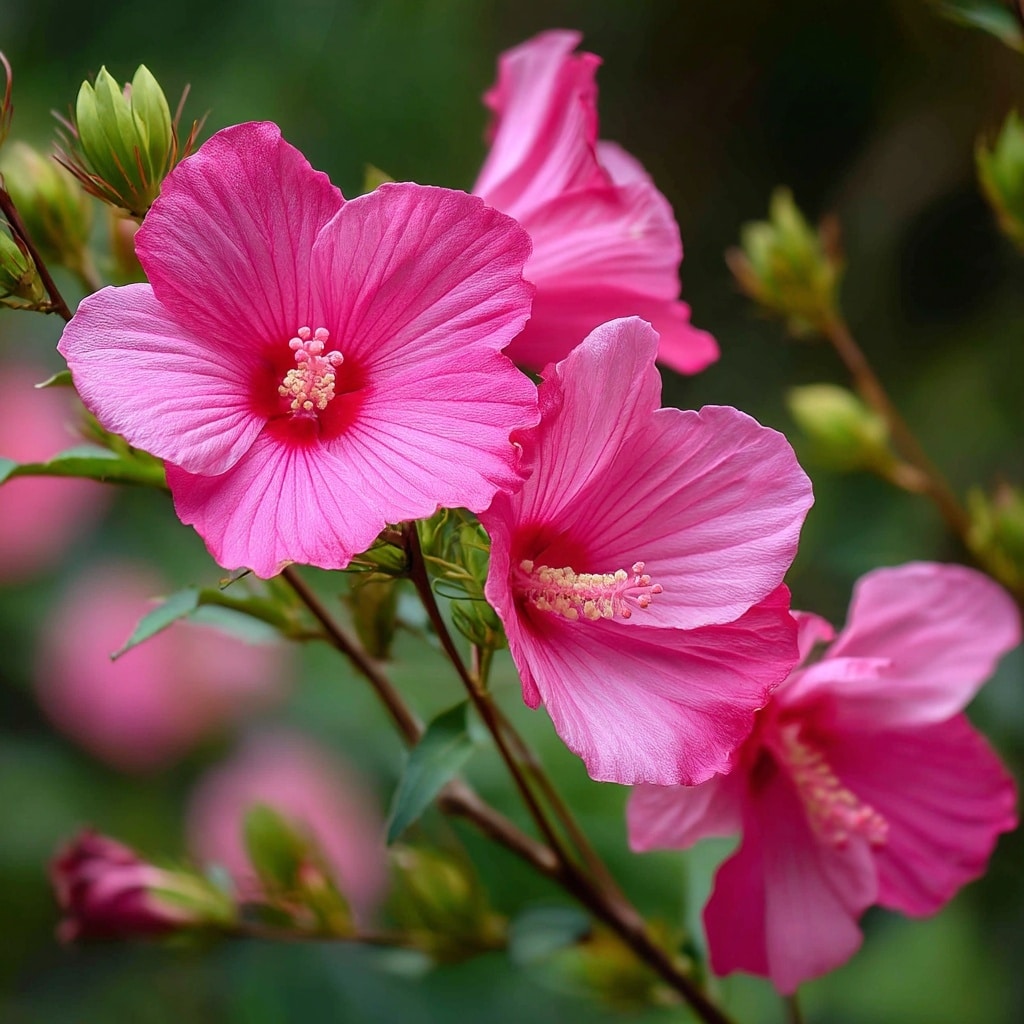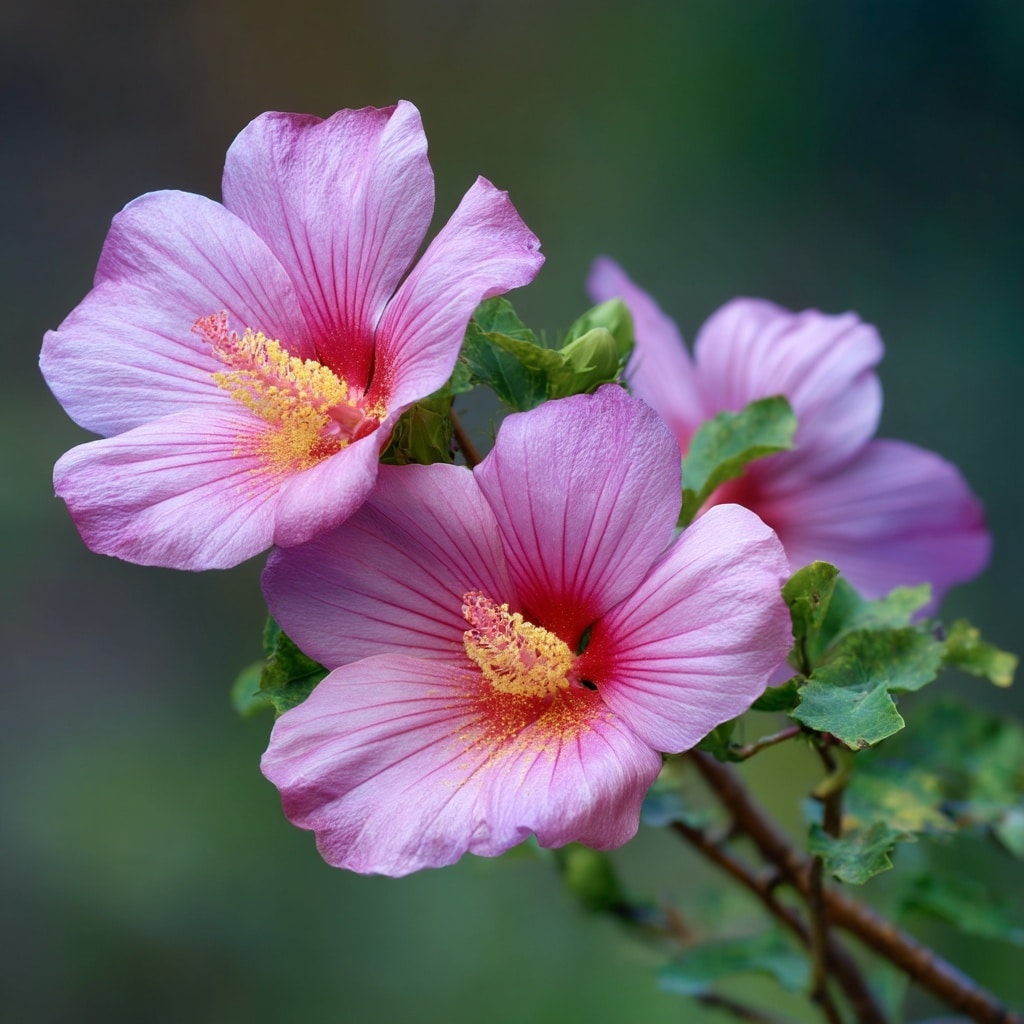Hibiscus might conjure images of sandy beaches and tropical breezes, but these stunning blooms aren’t just for island getaways. With the right variety and care, gardeners in Zone 5 can enjoy vibrant hibiscus flowers right in their backyard. Despite chilly winters and shorter growing seasons, hardy hibiscus types thrive in northern climates—bringing a touch of the tropics to places like Illinois, Ohio, and Michigan. These perennials are not only bold and colorful, but they also attract pollinators while resisting common garden pests. If you’ve always dreamed of adding lush hibiscus to your garden without moving south, you’re in luck—Zone 5 gardens can absolutely support these exotic-looking beauties with just a bit of planning.
Table of Contents
Understanding Hardy Hibiscus in Cold Climates
Not all hibiscus are created equal—especially when it comes to surviving cold winters. Tropical hibiscus varieties (like Hibiscus rosa-sinensis) are commonly sold in garden centers as annuals, but they won’t survive a Zone 5 winter. What you need instead are hardy hibiscus types, often referred to as perennial hibiscus or rose mallow (Hibiscus moscheutos).
These cold-tolerant varieties are part of the mallow family and have been bred specifically to withstand frost and freezing temperatures. Despite their tropical appearance—giant blooms in shades of red, pink, white, lavender, and even blue—hardy hibiscus plants go dormant in winter and bounce back strong in late spring or early summer.
They not only add bold color to northern gardens but also attract hummingbirds and butterflies, while remaining relatively unappealing to deer and rabbits. If you’ve been hesitant to try hibiscus because of your climate, rest assured—there are stunning varieties perfectly suited for life in Zone 5.
Top Hardy Hibiscus Varieties for Zone 5 Gardens

When choosing hibiscus for a Zone 5 garden, it’s essential to select cultivars known for cold hardiness. Fortunately, plant breeders have developed a wide range of hardy hibiscus varieties that can not only survive but thrive in northern climates. These perennial types deliver dramatic, dinner-plate-sized blooms throughout mid to late summer and well into early fall.
Here are some of the most reliable and visually stunning hibiscus varieties for Zone 5:
Popular Zone 5 Hardy Hibiscus Cultivars:
- Kopper King – Hardy to zones 4–10, known for coppery foliage and large pink blooms
- Plum Crazy – Hardy to zones 4–10, with rich purple flowers and compact growth
- Fireball – Hardy to zones 5–9, bright red blooms with excellent heat tolerance
- Lord Baltimore – Hardy to zones 4–10, fast-growing with deep red flowers
- Cherry Cheesecake – Hardy to zones 4–9, creamy white blooms with magenta veining
- Midnight Marvel – Hardy to zones 4–9, striking red blooms and deep burgundy foliage
- Vintage Wine – Hardy to zones 4–9, compact size with bold wine-red flowers
- Luna Pink Swirl – Hardy to zones 5–9, ideal for smaller gardens or containers
- Summerific® Berry Awesome – Hardy to zones 4–9, lavender-pink blooms and compact habit
- Cranberry Crush – Hardy to zones 4–9, vigorous grower with glossy foliage and deep red flowers
These varieties were bred to handle cold winters and return year after year with minimal fuss. Be sure to check the USDA zone rating on the plant tag before purchase, and when in doubt, choose cultivars rated to Zone 4 for added peace of mind.
How to Care for Hibiscus in Zone 5

Growing hibiscus in Zone 5 isn’t difficult, but a few smart steps will help your plants thrive year after year. These perennials may look exotic, but their care routine is surprisingly straightforward.
Choose the Right Spot
Hardy hibiscus plants can grow quite large—up to 6 feet tall and 4 to 6 feet wide. Select a planting site with enough space, such as along fences, in back borders, or at the rear of garden beds. This ensures your plant won’t overwhelm smaller neighbors.
Provide Plenty of Sun
For the best blooms, plant your hibiscus in full sun. They will tolerate light shade, but flowering is significantly better with at least 6 hours of direct sunlight daily.
Keep Soil Moist
These plants love water. Moist, well-draining soil is essential—especially during hot summer months. Mulch around the base of the plant to retain moisture and regulate soil temperature.
Deadhead Regularly
Remove spent flowers during the blooming season to encourage new buds. This simple step helps extend the flowering window well into fall.
Fall Cleanup
In late fall, once frost has hit, cut back the entire plant to about 4–6 inches above the soil line. This keeps your hibiscus healthy and encourages fuller, more vigorous growth in spring.
Be Patient in Spring
Hardy hibiscus is often late to break dormancy—sometimes not showing growth until late May. Don’t panic if nothing appears early on; give it time before assuming it didn’t survive the winter.
Final Thoughts on Growing Hibiscus in Cold Climates

Don’t let cold winters stop you from adding tropical flair to your northern garden. With a little planning and the right hardy varieties, hibiscus can be a showstopping feature in any Zone 5 landscape. These bold perennials reward gardeners with months of color, pollinator activity, and minimal maintenance. Whether you’re planting one as a backyard focal point or lining your fence with a row of vibrant blooms, hardy hibiscus offers beauty without the worry.
As with any perennial, patience and proper care are key—especially during spring when signs of life are slow to appear. But once established, your hibiscus will return reliably, reminding you each year that tropical beauty isn’t limited to the tropics.




